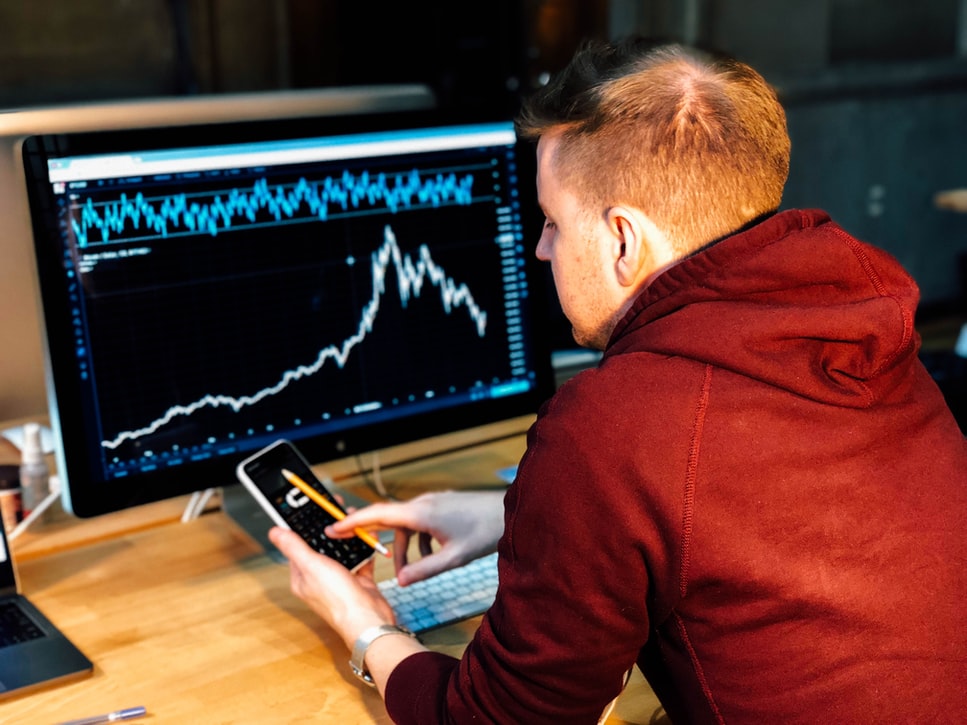In the forex market, the fluctuations are constant. The daily exchange rate changes are influenced by the forex market and the 24 hours news cycle and a market always being open somewhere. This holds especially for significant currency pairs, which contain many different investors’ attention regarding size and capabilities.
What does this mean for you?
For a retail forex trader, this means that you need to be on top of the news cycle, and with enough experience, you will be able to judge which piece of information will move the market in which direction. Day trades based on the news cycle can be profitable, but the amount of work needed to stay number one on the news and anticipate them increases, and the risks increase commensurately.
A narrow focus of currency pairs with a high-risk high-reward strategy is the most profitable for a trader focusing on day trading and based on the news cycle. This strategy would allow such traders to narrow down the informational input they need to stay on top.
Key pieces of data include employment data, economic data, central banks, and policymakers.
Employment Data
The level of employment/unemployment in a country is an important indicator, as it shows how healthy the overall economy is. It also helps firm up or soften a currency’s strength, as higher employment rates generally mean more appetite for spending and higher per-capita/per household budgets.
Employment data is varied, but the essential reports (or parts of a report) tend to be uniform across countries. These are the unemployment rate, Unemployment Claims, Employment Change, Non-Farm Employment Change.
Economic Data
When it comes to economic data, there are a few key reports to look out for. The first would be the GDP of a country and its level of change, as it shows the economy’s overall health and whether it is growing or contracting. The second critical report is the Trade Balance, as it is the quickest way to indicate a country’s import/export coverage.
These reports have a major influence on the currency when they are released, and wise forex traders have the dates and times for these reports marked in red on their calendars.
Some of the other economic data that also impact currencies are based on inflation. These would include reports like the Consumer Price Index (CPI) and the Producer Price Index (PPI).
Central Banks and Policy Makers
The single biggest movers in markets are central banks and monetary authorities. For example, the European Central Bank (ECB), the Federal Reserve (Fed), Bank of Japan (BoJ), and Bank of England (BoE) to name a few. These are some of the big names in setting interest rates and decisions on how much inflation is desired or how much to allow a currency to fluctuate. They are also the independent judges when an economy needs a stimulus or when it needs cooling down to stop it from overheating.
In Conclusion
As a forex trader, you need to be plugged into the news, with a particular interest in great reports from central banks or statistical bureaus. From the economy to political disputes or arrangements, this can all influence the market significantly.
That means that you can adjust your trading plan whenever something new occurs. It can also allow you to gain or to know when to do nothing if you think you’re going to be at a loss. These will help you keep on top and make profitable decisions for your forex portfolio. Suppose you are not into reading through reams of information.
In that case, there are sites dedicated to forex strategy that aggregate relevant information to keep it at your fingertips and give you explanations as to why specific indicators moving a certain way will impact the currency and how.





